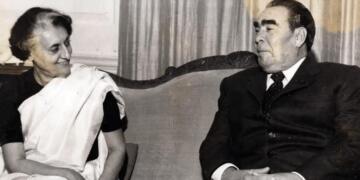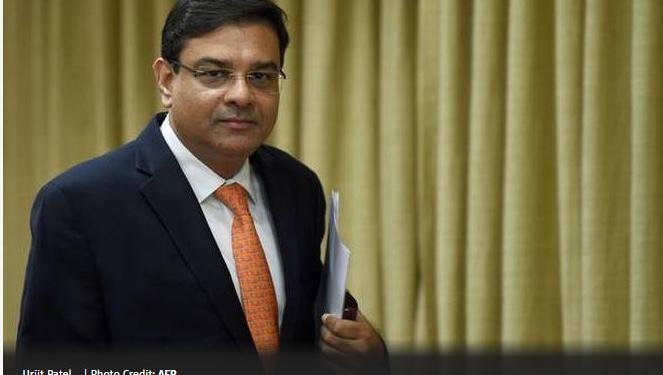Former governor of the Reserve Bank of India (RBI) Urjit Patel, ever since having had resigned in December 2018, made his first speech this month at an event in Stanford University, where he spoke on the NPA crisis that India has been dealing with for the last few years. Pinning the blame for the crisis on the UPA government as well as his predecessor Raghuram Rajan, without naming either of them, Patel said, “How did we get here? Plenty of blame to go around! Prior to 2014, all stakeholders failed to play their role adequately. Banks, the regulator and government”. Urjit Patel emphasised that the current government and other stakeholders need to continue on the course of asset quality reviews and the resolution of NPAs, despite difficulties.
Patel was appointed as the governor of the RBI by the Narendra Modi government after Raghuram Rajan’s term ended in 2016. Before that, he had been deputy governor under Raghuram Rajan. Patel began the task of recognizing NPA’s which otherwise had long been brushed under the carpet. The asset quality review led to the recognition of massive amounts in non-performing assets or NPAs. Most of these bad loans predated Modi government, that is, reckless and mindless lending through PSBs had taken place under the UPA government leading to the problem of stressed assets and NPAs. Patel pointed that this has diminished the ability of banks to carry out lending to meet the demands of the economy.
Patel served as Governor for more than two years and drove the economy diligently, overseeing the handling of various challenges such as Demonetization, the implementation of GST, the NPA problem, rising crude oil prices and retaining inflation targets. Unlike Raghuram Rajan, the previous Governor of RBI, who spoke rather liberally, Urjit Patel has always been reclusive and took his time to speak on matters whatever they were. When Patel was picked by Modi government as RBI governor, a hostile anti-Modi brigade waited to stain his credibility. He was criticised for not having protected the RBI’s autonomy and not ‘resisting’ demonetisation in 2016, despite the fact that the government had every right to carry out the demonetisation exercise under the provisions of the Reserve Bank of India Act. Many propagandists jumped the band wagon to peddle the narrative that institutions were being ‘destroyed’ by Modi government and in the first half of the campaign, Patel was at the receiving end of this hostility.
Urjit Patel later ran into differences with the finance ministry and resigned on December 10 citing personal reasons. Ceasing this opportunity to further its campaign and spread falsehoods, in the second half of the ‘institutions are being destroyed’ campaign, the anti-Modi brigade dumped its previous line and instead hailed Urjit Patel and projected the government as one that destroyed the autonomy of the RBI. The Congress campaigned vociferously on these lines to reap political benefits and Urjit Patel was used as a prop in their political campaign.
https://twitter.com/rahulgandhi/status/1072167085390905344?lang=en
https://twitter.com/ani/status/1072115561058967557
The Congress led UPA’s campaigns have since then aged poorly. While Urjit Patel lays bare the failures of the UPA government and the failures of their blue-eyed boy Raghuram Rajan, the Congress which, time and again, resorts to disruptive politics, shall now find it hard to brush aside Patel’s claims that directly hold them accountable for the massive NPA crisis that India faces today, the facts of which they have tried to twist in their favour to castigate the Modi government.




























